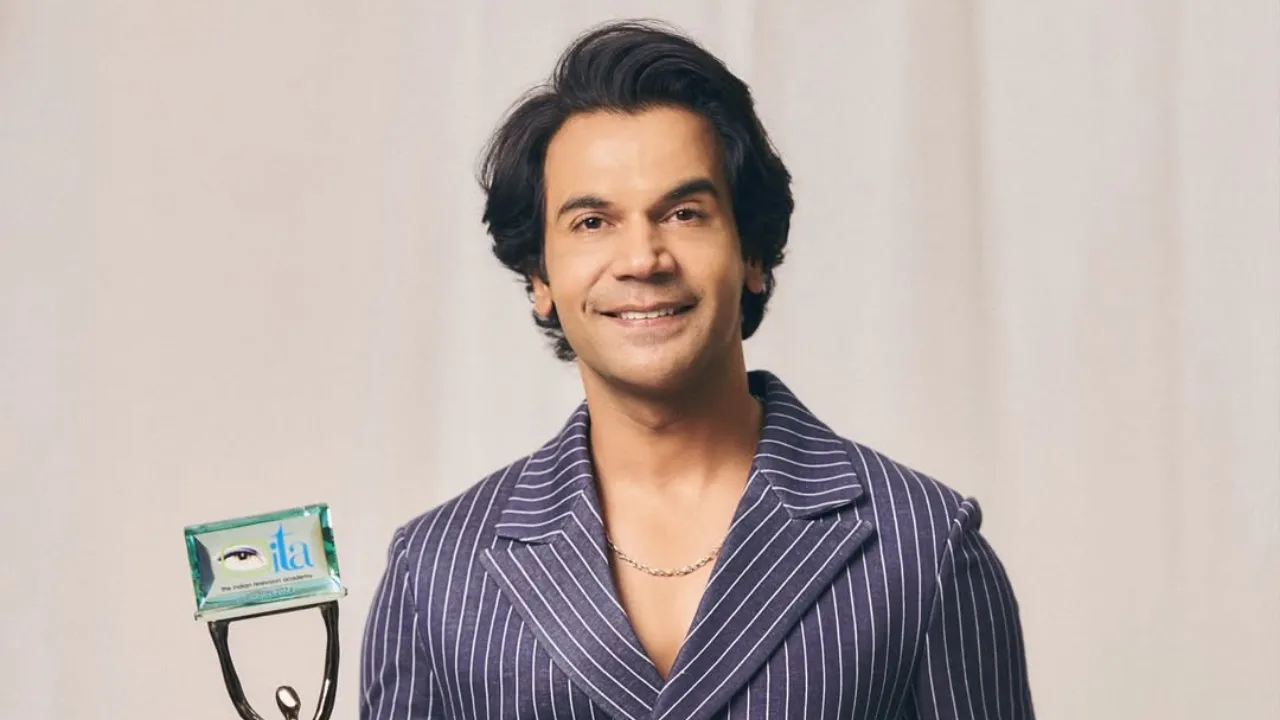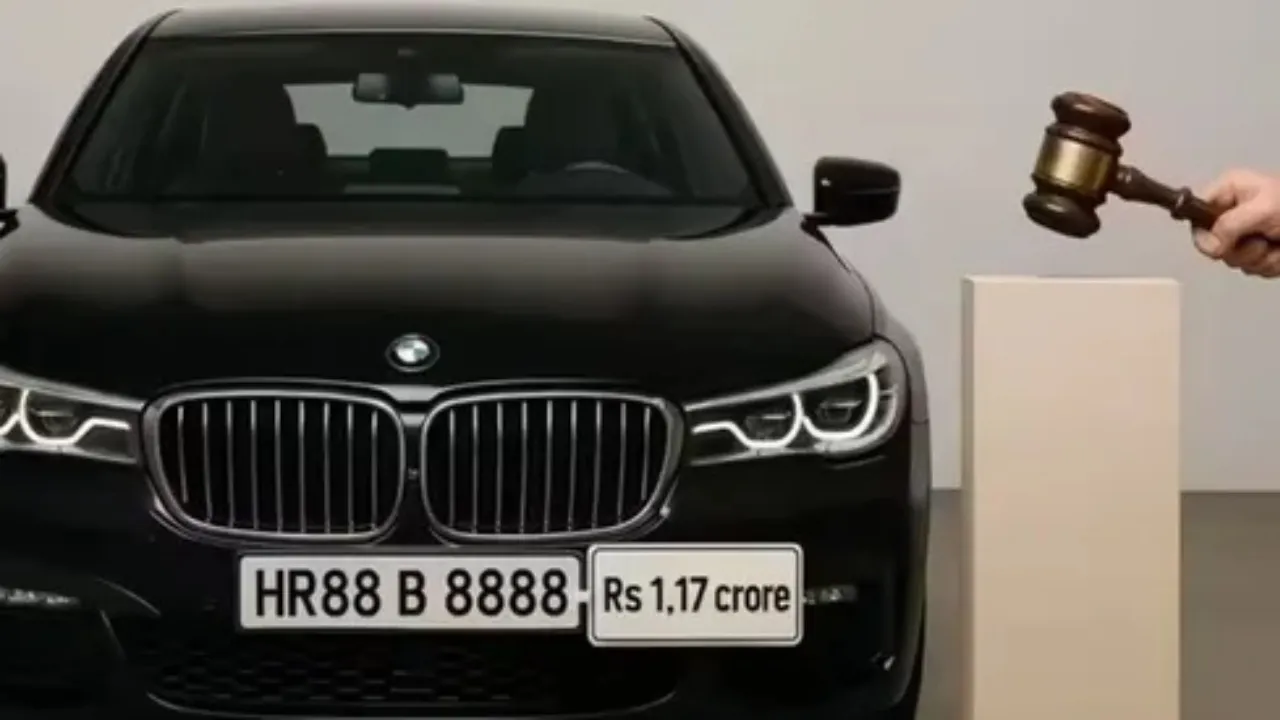What are common credit card mistakes that lead to debt
Credit cards are convenient — but that convenience can quickly become costly if you make the wrong choices. Below I’ll walk you through the most common credit card mistakes that push people into debt, why they’re harmful, and exactly what to do instead. Short paragraphs, clear tips, no fluff.
Why this matters now
Credit card balances and delinquencies have been rising in recent years. The average outstanding card balance for consumers is in the low thousands, and total U.S. credit-card balances topped about $1.2 trillion in recent reports — meaning many people are carrying meaningful amounts of debt. At the same time, typical card APRs are north of 20% for many consumers, so carrying balances gets expensive fast.
Overspending because of easy credit — the most obvious mistake
Why overspending becomes debt
A credit card feels like free money at the moment. That illusion leads to buying things you wouldn’t buy with cash. When the bill comes, you either pay interest by carrying a balance or you miss payments — both of which cost you.
How to stop it
Treat every card like a debit card: only charge what you can pay off in full this month. If you want to use a card for rewards, set a strict monthly budget for card spending and track it daily.
Paying only the minimum — the slow-debt trap
The real cost of minimum payments
Making the minimum payment keeps your account current, but it barely chips away at the principal. With average credit card APRs around 20% or higher, paying minimums can mean decades of payments and thousands in interest. One recent illustration shows that at typical rates, making only minimum payments can extend payoff time dramatically and cost far more in interest.
Better approach
Always aim to pay the full statement balance. If you can’t, pay as much above the minimum as possible and prioritize cards with the highest APRs.
Misunderstanding interest and APRs
Why this matters
Many people assume interest is small or only applied if they’re very late. In reality, APRs compound and interest is applied daily on revolving balances — so high APRs quickly balloon debt. Average consumer APRs have been elevated in recent years, making balances more expensive.
What to do
Know your card’s APR and whether it’s variable. If your card’s APR is high, consider a balance transfer to a 0% introductory APR offer (if you qualify) or a lower-rate personal loan for consolidation — but read fees and terms carefully.
Treating credit as a funds backup — cash advances and borrowing
Cash advances and convenience checks
Using a credit card for a cash advance or treating cards as “backups” to cover everyday shortfalls is costly. Cash advances often have higher APRs, no grace period, and extra fees — they accelerate debt growth.
Smarter alternatives
Build a small emergency fund (even $500 helps). If you need short-term help, explore lower-cost options like a small personal loan, borrowing from family, or hardship plans offered by creditors.
Ignoring due dates and fees
Late fees, penalty APRs, and credit score damage
Missing payments triggers late fees and can trigger a penalty APR — a much higher interest rate applied to your balance. Repeated late payments also lower your credit score, making future borrowing costlier. Recent data show delinquencies have been elevated, underlining how common this problem is.
How to avoid it
Automate at least the minimum payment, set calendar alerts, and if money is tight, contact your issuer — many offer hardship programs that can reduce interest or defer payments temporarily.
High credit utilization — small balances can still hurt
What utilization means
Credit utilization is the percentage of your available revolving credit that you’re using. Experts typically recommend keeping utilization under about 30% (and lower is better) because utilization is a major factor in credit scores. High utilization both damages your score and signals risk to lenders.
Fixes that work
Pay down balances, ask for a credit limit increase (but only if you won’t spend more), or spread balances across multiple cards to lower utilization on any single card.
Opening and closing cards randomly — timing mistakes
The unintended consequences
Opening many cards in a short time can ding your credit score via hard inquiries. Closing old accounts removes available credit and can raise utilization or shorten average account age — both can lower your score.
A balanced strategy
Open new cards sparingly and only for a specific reason (rewards, lower APR). Keep older, well-managed cards open unless they have costly annual fees you can’t justify.
Falling for fine print — promotional traps and fees
Intro offers, balance transfers, and penalty clauses
Promotional 0% APR offers are helpful — until a missed payment voids the deal and the full APR kicks in. Balance transfers often charge a fee (typically 3–5% of the transferred amount) that can offset savings if you’re not careful.
Read and plan
Before taking promotions, calculate worst-case costs (including transfer fees) and set a repayment plan to finish the promo period with a $0 balance.
Not using tools that help (or using the wrong ones)
Helpful habits people skip
Many people don’t use budgeting apps, alerts, or simple spreadsheet tracking. Others rely on outdated payoff strategies that aren’t optimized for their interest rates.
Simple, practical steps
Use a budgeting app, enable card alerts, and adopt a payoff method: Avalanche (pay highest APR first) saves interest; Snowball (pay smallest balance first) helps with momentum — choose the one you’ll stick with.
Quick action checklist — stop the bleeding
- Stop charging more than you can pay in full.
- Automate at least minimum payments.
- Pay above the minimum and focus on high-APR cards.
- Keep utilization under ~30% where possible.
- Avoid cash advances and read promo fine print.
- Contact issuers early if you’re struggling — many offer relief.
Final note: debt is common — but avoidable
Credit cards are tools, and like any tool they can build or break financial health depending on how you use them. The most damaging credit card mistakes are usually behavioral: treating credit like free money, delaying payments, and not understanding the costs. Small, consistent changes — budgeting, smarter payment habits, and using issuer tools — stop balances from snowballing into long-term debt.
If you want, I can create a simple monthly budget template or a prioritized payoff plan (Avalanche vs Snowball) tailored to a sample balance and APRs — tell me the numbers and I’ll work it out.
Also Read: Rashmika Mandanna Creates History: Her Film Bags Record ₹14 Crore Netflix Deal!





































